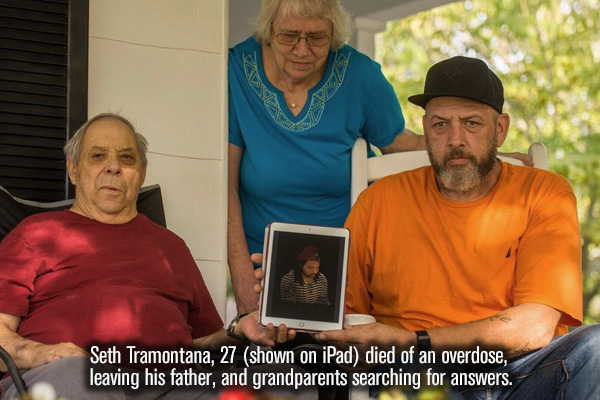NO COMING BACK –
August 31, 2021 – On the North Fork, the dead were not hardened addicts but mostly recreational users, police said, seeking a fleeting high. Behind the brief descriptions in the police reports were rich and varied lives: a sometime jewelry maker from Tehran who loved heavy metal music, and a restaurant worker and fashion plate rarely seen without his gold lamé boots. A Jamaican chef with a special knack for sourdough, and a landscaper who always answered the phone with a joke. A woman who loved goth makeup, whose mother called her “noodle.” A new father of a 6-month-old boy.
Several other people also overdosed on fentanyl-laced cocaine between Aug. 11 and Aug. 13, according to the Southold police; emergency responders resuscitated them with naloxone, or Narcan, a medication that can reverse an opioid overdose.
Family members of those who died blamed the dealers. “They poisoned them to make money,” said Seth Tramontana, whose 27-year-old son, also named Seth, died on Aug. 13 after ingesting cocaine, which his family believes he did not know had been doctored with fentanyl. “You can say he made his choice and did what he was doing to have fun — but this is not what he asked for.”
In New York City, users passed warnings across social media in the spring about “bad batches” of cocaine containing the drug, urging one another to check cocaine for the presence of fentanyl using testing kits designed for the purpose. “People who use cocaine think that the overdose epidemic is not relevant to them,” said Dr. Chinazo O. Cunningham, executive deputy commissioner in the New York City Department of Health and Mental Hygiene. In 2017, just 17 of the city’s overdose deaths were from cocaine combined with fentanyl; that number rose to 183 in 2019, the last year for which data was available. “Part of the problem nationally is that the narrative has been around opioids, and what we’ve seen is that it’s not just opioids — it’s cocaine,” she said.



